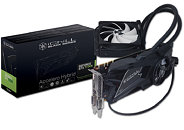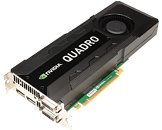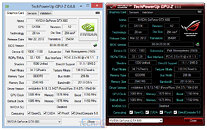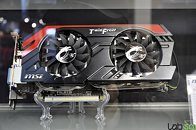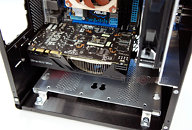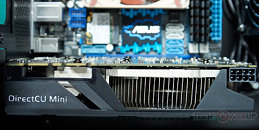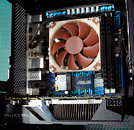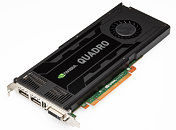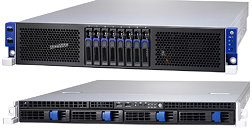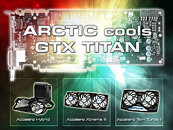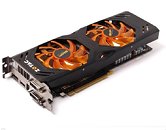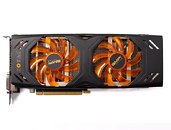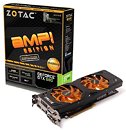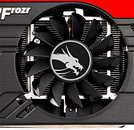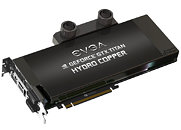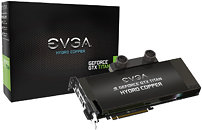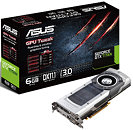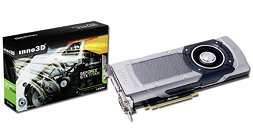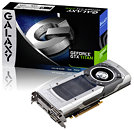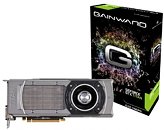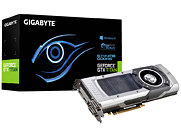
Inno3D Announces GeForce GTX Titan iChill Black Series
Inno3D rolled out its newest flagship graphics card, the GeForce GTX Titan iChill Black Series. The card ships with Arctic's Accelero Hybrid cooling solution pre-fitted to an NVIDIA reference design GTX Titan PCB. The cooler uses a combination of a closed-loop liquid block to cool the GPU, and fan-heatsink to cool other hot components on the card, such as memory chips and VRM.
The GTX Titan iChill Black series ships with factory-overclocked speeds of 937 MHz core, and 980 MHz GPU Boost, against NVIDIA reference speeds of 837 MHz core and 876 MHz GPU Boost. Memory clock speed stays at 6.00 GHz. Based on the 28 nm GK110 silicon, NVIDIA's GeForce GTX Titan features 2,688 CUDA cores, 224 TMUs, 48 ROPs, and a 384-bit wide GDDR5 memory interface, holding 6 GB of memory. The card draws power from a combination of 6-pin and 8-pin PCIe power connectors, display outputs include a pair of dual-link DVI, HDMI, and DisplayPort. The company did not release pricing or availability information.
The GTX Titan iChill Black series ships with factory-overclocked speeds of 937 MHz core, and 980 MHz GPU Boost, against NVIDIA reference speeds of 837 MHz core and 876 MHz GPU Boost. Memory clock speed stays at 6.00 GHz. Based on the 28 nm GK110 silicon, NVIDIA's GeForce GTX Titan features 2,688 CUDA cores, 224 TMUs, 48 ROPs, and a 384-bit wide GDDR5 memory interface, holding 6 GB of memory. The card draws power from a combination of 6-pin and 8-pin PCIe power connectors, display outputs include a pair of dual-link DVI, HDMI, and DisplayPort. The company did not release pricing or availability information.
